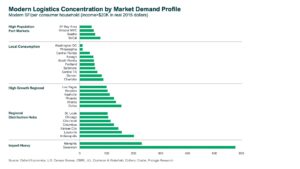How to Sell Your Home With a Rent-Back Agreement
Accepting a good offer on your home from the right buyer should be celebrated. But if you’ve sold your home before you’ve found a new one – or maybe your new one isn’t ready, or perhaps you want to stay put until the end of the school year – you may not be ready to pop the champagne cork.
Don’t panic. You have options, such as a rent-back agreement, also known as a lease-back deal, that would allow you to stay in the home you just sold a bit longer to give you time to find a new place, to wait for the next home to be built, or to let your children finish the school year.
Read on for some of the benefits and drawbacks of a rent-back agreement, as well as some advice on how to protect yourself if you decide to go this route.
What is a rent-back agreement?
In this scenario, the buyer agrees to rent back the home to the seller for an agreed-upon amount of time (typically, no more than 60 days) after closing. It can be mutually beneficial, saving the seller from the additional expense and inconvenience of moving twice, and providing a little cash inflow for the buyer.
When a seller isn’t ready to move – for whatever reason – Joel Barber, a top South Carolina real estate agent who works with 83% more single-family homes than average agents in his Myrtle Beach market, says the “best solution is for the seller to stay in the home up to six months with a ‘possession after closing’ option.” He refers to such an option as “flipping the buyer contingency,” but it’s also commonly known as a rent-back.
Some mortgage lenders require the buyer to occupy the home within 60 days, which we’ll address in our “seven factors to consider” section below.






